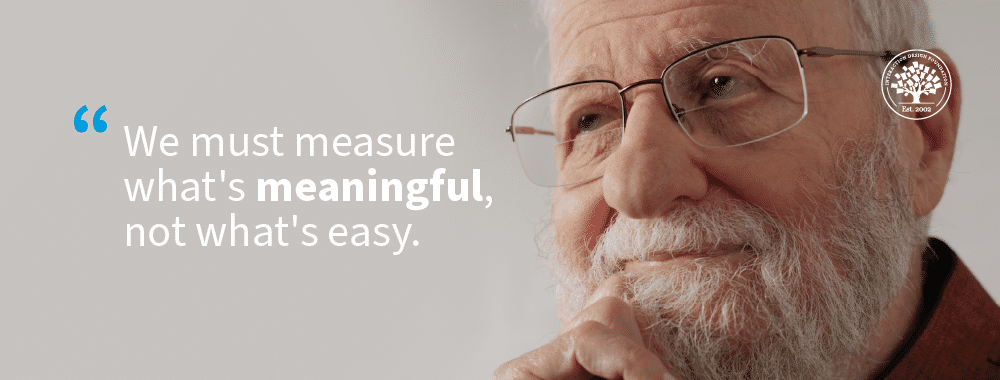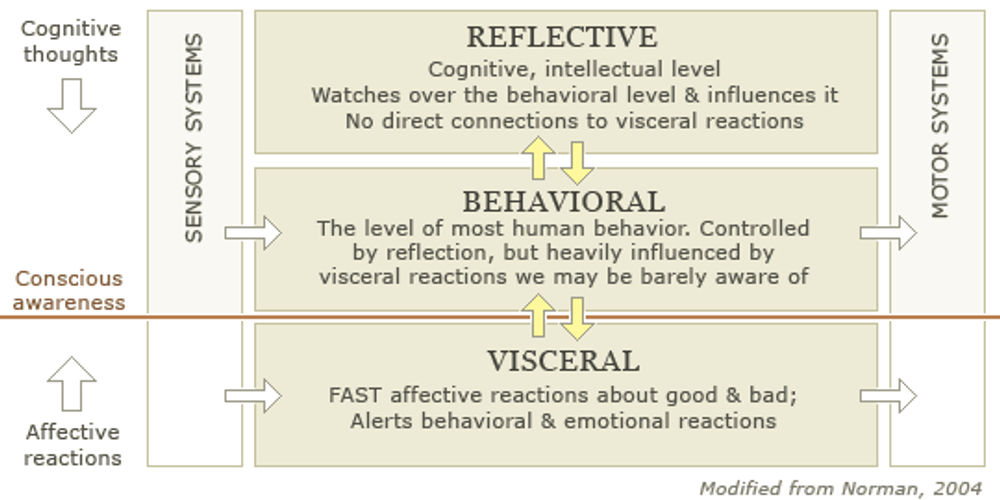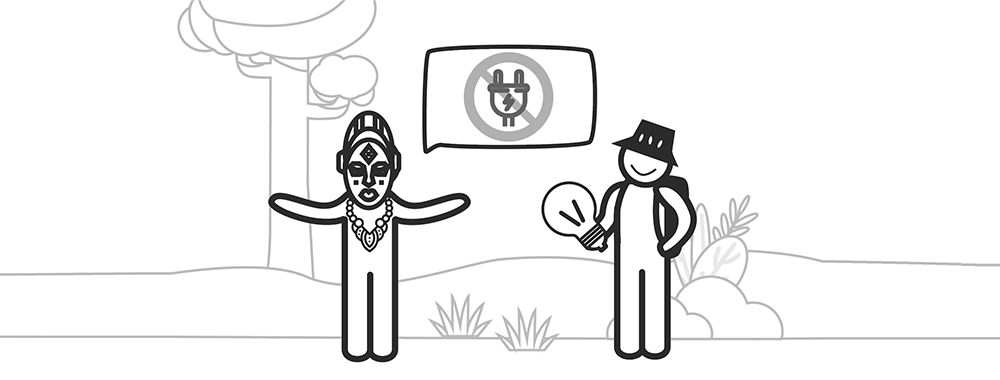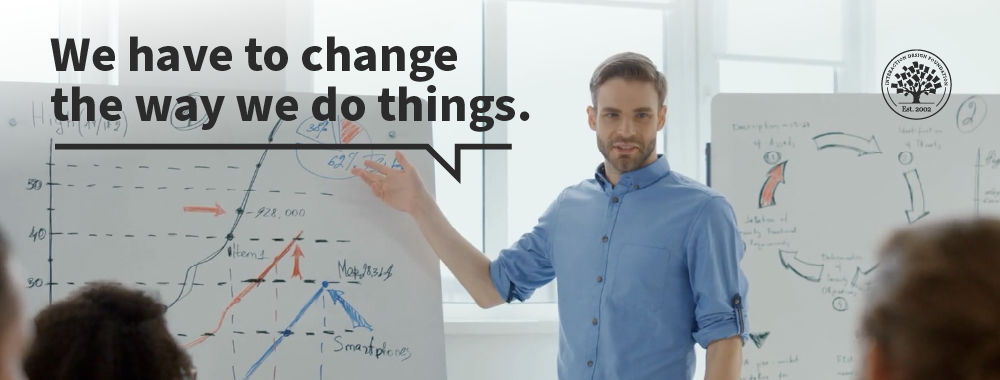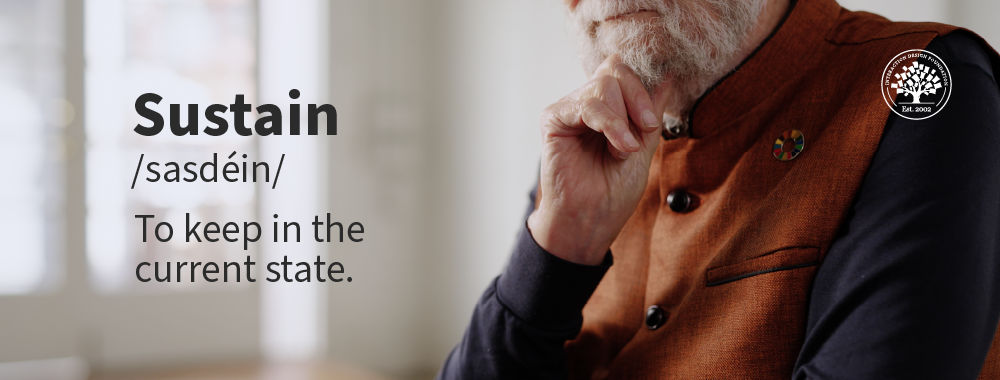What we measure and how we do it significantly impact people’s lives. Often, we measure certain things just because they’re easy to measure, and that’s how it’s always been done. But we have to ask ourselves; are the measurements meaningful or not?
We measure a country’s Gross Domestic Product (GDP) to assess its performance, but what does this number really mean? Does it give us information about how good that country’s education system is? How sustainable their industries are? UX innovator Don Norman talks about how important it is to use more meaningful measurements.
Show
Hide
video transcript
- Transcript loading…
There are many efforts worldwide to develop more meaningful measures. UX pioneer Don Norman talks about notable examples such as the United Nations’ OECD Better Life Index and the World Happiness report.
Show
Hide
video transcript
- Transcript loading…
Many alternatives to GDP take into account a broader set of factors. For example, Don talks about the The Doughnut Model of Economics, developed by the economist Kate Raworth at the University of Oxford.
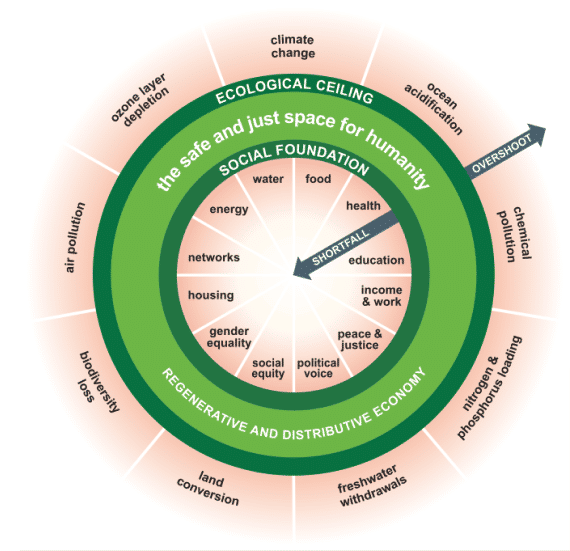
The Doughnut of Social and Planetary Boundaries.
© Doughnut Action Lab, Fair Use
The Doughnut Model of Economics, developed by economist Kate Raworth at the University of Oxford, is a novel approach to sustainable development. This doughnut shape has two parts:
Societal issues: The inner ring of the doughnut represents the minimum needs every person should have access to in order to lead a decent life. This includes things like food, shelter, healthcare, and education.
Ecological issues: The outer ring of the doughnut represents the safe limits for the planet. Beyond the outer ring, the Earth's systems are in danger of being damaged. This includes air and water pollution, deforestation, and climate change.
The goal is to create a world that meets the needs of all people within the limits of what the planet can sustain—sustainable design. This economic model should ensure that no one lives in poverty and also protect the planet from harm.
Governments, organizations, and communities worldwide use the Doughnut Model to help guide and measure their decisions toward a more sustainable and equitable future.
The Doughnut Model gives a more nuanced picture of a country's sustainability. For example, it might show a country has reduced CO2 emissions but is not very good at education or health care. This is much more meaningful and important than a single number. This way of measuring makes our lives much more meaningful and understandable.
The Doughnut Model is one guide that can help us measure in a meaningful way. However, there are several other measurements we can use that might be more appropriate for the problem we have to solve. First, understand what’s most important for your project and then choose the appropriate measurements.
The Take Away
We should measure the important things in life. We should ask questions such as; are people leading a good life? Are families supported? Do we provide clean water and housing to everyone? The ways we measure the health of a society today do not take these important factors into account.
The current widespread measurement systems originate from the physical sciences. Those models often do not account for past events and are "path independent." On the other hand, human behavior is heavily influenced by past experiences and varies significantly from person to person. This makes it "path dependent." Traditional metrics cannot accurately measure most human behaviors.
We must continue to develop new measurements that better represent complex systems—such as the Doughnut Economic Model—instead of relying on single numbers like GDP. This model aims to measure the performance of an economy by looking at several factors beyond monetary measures. Not only can designers help find new metrics, but also these metrics will allow designers to better understand the real problems, and determine if their design solutions are successful.
References and Where to Learn More
Don Norman’s book Design for a Better World: Meaningful, Sustainable, Humanity Centered covers many alternative, meaningful measures.
Additional resources from the book “Design for a Better World” are available at the Resources for DBW website.
Read more articles and essays by Don Norman on JND.org.
The Economic History Association offers a fascinating explanation of Path Dependence and illustrates the concept with examples from everyday life.
To learn more about meaningful ways to measure, read the Harvard Business Review article The Economics of Well-Being by Justin Fox.
To learn more about the Doughnut Model: An Effective Dashboard, visit the website of the Doughnut Action Lab.
Hero image: © Interaction Design Foundation, CC BY-SA 4.0
